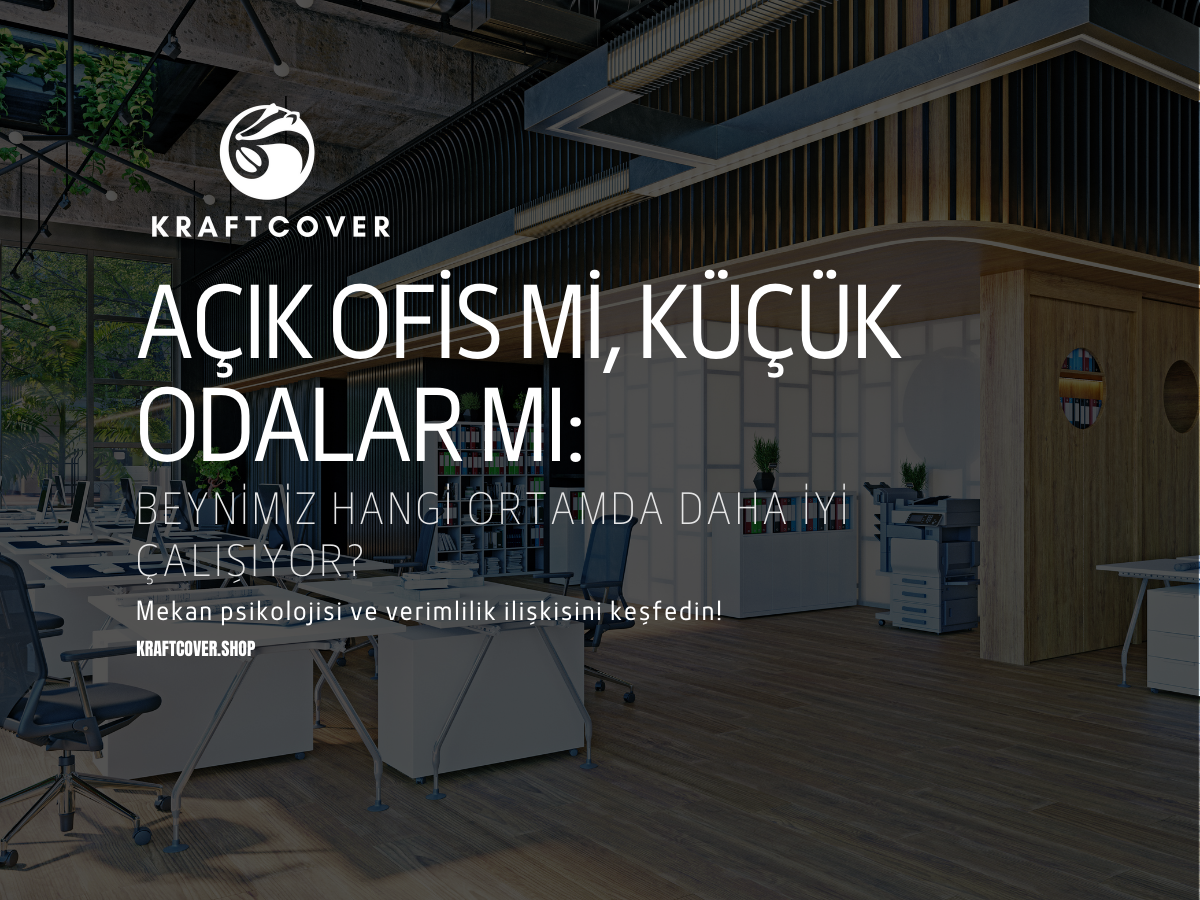Günlük hayatta bilgisayar başında çalışırken, farenizi elinize almak yerine "Command + C" ya da "Command + V" yaparken kendinizi çok daha hızlı hissettiğiniz oldu mu? Aslında bu, sadece zaman kazandırmakla kalmaz; beyninizi de olumlu yönde etkiler. Peki, kısayolların beynimiz üzerinde nasıl bir etkisi var? Neden bu küçük hareketler hem verimliliğimizi artırıyor hem de bilişsel becerilerimizi geliştiriyor?
Kısayol Kullanmanın Beyindeki Etkileri
Bilgisayar kısayollarını kullanmak, beynimizin motor öğrenme kapasitesini ve hafıza işlevlerini geliştirebilir. Nasıl mı? Bu, aslında motor becerilerle zihinsel süreçler arasındaki bağlantıya dayanır.
Motor Hafıza ve Alışkanlıklar
- Motor Öğrenme: Kısayollar, beynimizin motor korteksini aktive ederek refleksif hareketlerin daha hızlı ve verimli olmasını sağlar.
- Kas Hafızası: Sık kullandığımız kısayollar, kas hafızasına dönüşür ve beyin bu komutları daha az çaba harcayarak yerine getirir.
Bilişsel Esneklik
Kısayolları öğrenmek ve uygulamak, beynin problem çözme ve adaptasyon yeteneklerini geliştirir. 2018’de yapılan bir çalışma, sık kullanılan bilişsel rutinlerin, beynin frontal lobunda bağlantıları güçlendirdiğini ortaya koymuştur.
Kısayollar ve Nöroplastisite: Beynin Yeniden Yapılanması
Kısayollar, beynin nöroplastisite yeteneğini artırır. Nöroplastisite, beynin yeni bağlantılar kurma ve öğrenme kapasitesidir. Kısayollar öğrenmek, beynin bu yeteneğini destekler ve geliştirilmesine katkı sağlar.
Yeni Alışkanlıklar ve Sinaptik Bağlantılar
- Her yeni kısayol, beyninizde yeni bir sinaptik yol oluşturur.
- Sık kullanılan kısayollar, bu bağlantıların güçlenmesine ve bilgiye daha hızlı erişim sağlanmasına yardımcı olur.
Nöroplastisiteyi Güçlendiren Faktörler
- Kısayolları farklı bağlamlarda kullanmak, beynin öğrenme kapasitesini artırır.
- Çeşitli kombinasyonlarla (örneğin, Command + Shift) beyninizi yeni kalıplar öğrenmeye zorlamak, nörolojik esnekliği geliştirir.
Kısayol Kullanmanın Verimlilik Üzerindeki Etkisi
Kısayollar sadece beynimizi geliştirmekle kalmaz, aynı zamanda zaman kazandırarak iş verimliliğimizi de artırır. İşte bunun birkaç nedeni:
- Zamandan Tasarruf: Araştırmalar, kısayol kullanan kişilerin %20 daha hızlı çalıştığını gösteriyor.
- Odaklanmayı Artırır: Farenizle bir dosyayı aramak yerine kısayol kullanmak, dikkatinizi bölecek unsurları ortadan kaldırır.
- Tekrarlayan Görevlerde Verimlilik: Örneğin, "Command + Z" ile bir hatayı hemen geri almak, büyük bir zaman tasarrufu sağlar.
Kısayolları Kullanarak Beyni Güçlendirme
Beyniniz için kısayol kullanmayı bir tür zihinsel egzersiz olarak düşünebilirsiniz. İşte kısayol kullanımını beyin gücüyle ilişkilendiren birkaç bilimsel faktör:
- Hızlı Karar Alma Yeteneği
Kısayollar, beyninizi anlık kararlar almaya teşvik eder. Örneğin, "Command + Tab" ile uygulamalar arasında geçiş yaparken, hangi uygulamaya ihtiyacınız olduğunu hızlıca seçmek zorundasınız. Bu da beynin karar verme mekanizmalarını hızlandırır.
- Bilişsel Yükü Azaltma
Sık kullanılan kısayollar, bilişsel yükü azaltır. Beyniniz enerjisini başka karmaşık görevler için saklayabilir. Bu durum, çalışma verimliliğini artırırken aynı zamanda zihinsel yorgunluğu da önler.
- Yeni Alışkanlıklar Edinme
Yeni kısayollar öğrenmek, beyninizdeki sinaptik bağlantıları güçlendirir. Bu, tıpkı yeni bir enstrüman çalmayı öğrenmek ya da bir dil öğrenmek gibi zihinsel esnekliğinizi artırır.
Hangi Kısayollar Beynimiz İçin Daha Yararlı?
Bazı kısayollar, beynimizi daha fazla aktive ederek öğrenme ve adaptasyon süreçlerini hızlandırır. İşte bu kısayolların örnekleri:
- Command + C / Command + V: Hafıza ve motor becerileri aynı anda çalıştırır.
- Command + Z: Problem çözme ve hata yönetimi alışkanlığı geliştirir.
- Command + Tab: Birden fazla görev arasında hızlı geçiş yaparak odaklanmayı artırır.
- Command + F: Beynin arama ve filtreleme becerisini geliştirir.
Kısayollarla Çalışma Alanınızı Optimize Edin
Kısayol kullanımı kadar, çalışma ortamınızın düzeni de önemlidir. Kısayollardan en iyi şekilde faydalanmak için ergonomik bir çalışma alanı oluşturabilirsiniz:
Linker Premium Deri Masaüstü Kablo İstasyonu
Kablo karmaşası, çalışma verimliliğini azaltabilir. Linker Kablo İstasyonu, masanızı düzenleyerek dikkatinizi dağıtacak unsurları ortadan kaldırır.
Kısayollar ve Multitasking: İki Ucu Keskin Bıçak mı?
Multitasking, birden fazla görevi aynı anda yapma becerisi olarak bilinir, ancak kısayollar bu süreci hem kolaylaştırabilir hem de zorlaştırabilir.
Avantajları
- Kısayollar, görevler arasında hızlı geçiş yaparak zaman kazandırır.
- Beyni farklı görevler arasında hızlıca adapte olmaya zorlar.
Dezavantajları
- Sürekli multitasking yapmak, dikkat dağınıklığına neden olabilir.
- Odaklanmayı zorlaştırarak kısayolların etkisini azaltabilir.
Bu nedenle, kısayolları dengeli bir şekilde kullanmak, üretkenlik için kritik öneme sahiptir.
Kısayolların Ötesinde: Dijital Minimalizm
Kısayollar beyninizi geliştirmek için harika bir yöntem olsa da, odaklanmayı artırmak için daha büyük bir stratejinin parçası olmalıdır. Dijital minimalizm, cihazlarınızı daha verimli kullanmanıza ve dikkat dağıtıcı unsurları sınırlamanıza yardımcı olabilir. Bu, hem zamanınızı hem de enerjinizi doğru yerlere yönlendirmenizi sağlar.
Son Söz: Command Tuşunun Gerçek Gücü
Kısayol kullanımı sadece iş hayatınızı kolaylaştırmaz; aynı zamanda beyninizi aktif tutarak öğrenme, adaptasyon ve reflekslerinizi geliştirir. Command tuşunun altında yatan bu sihir, sizi daha üretken, daha hızlı ve daha zeki bir çalışan haline getirebilir.
Unutmayın, kısayol tuşlarıyla geçen her an, beyniniz için bir yatırım.



